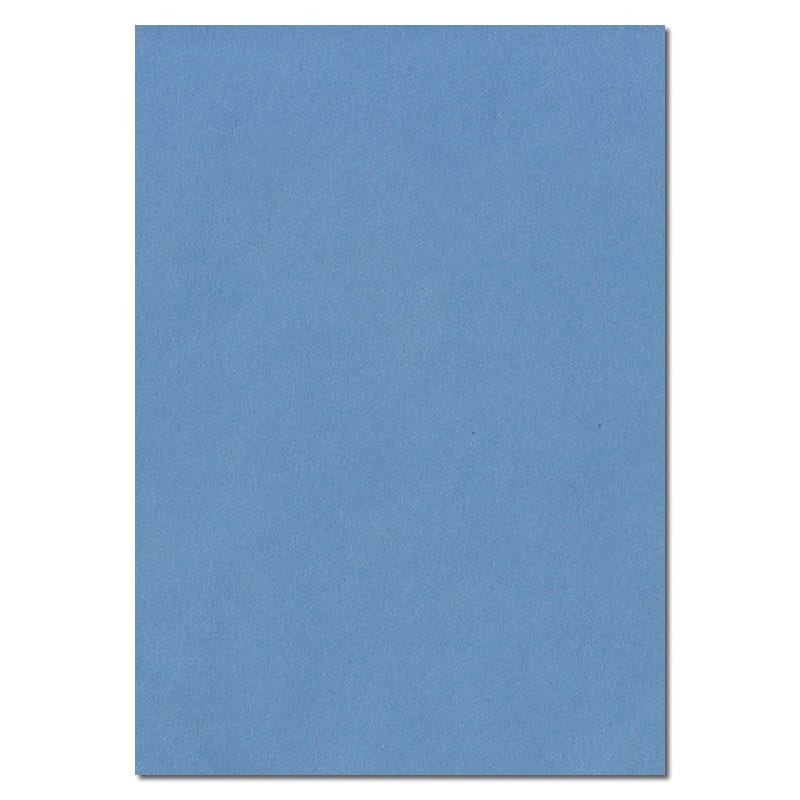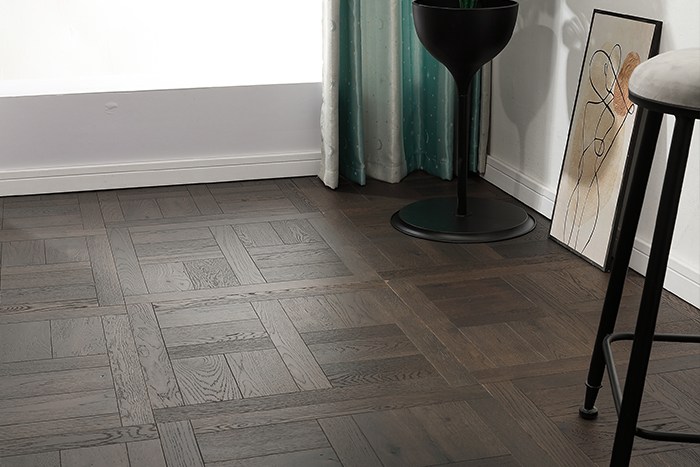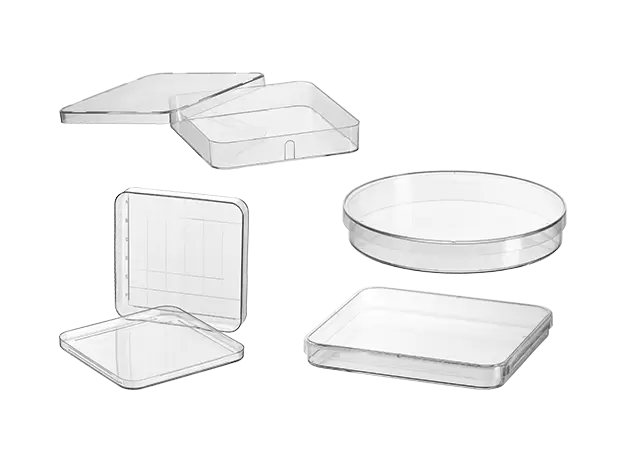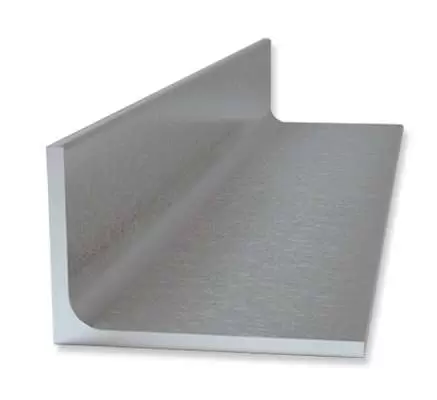
Printing on paper tarp is a common practice in various industries, including construction, agriculture, and transportation. Paper tarp is a durable and cost-effective material that can withstand harsh weather conditions and protect goods during transportation. In this article, we will discuss how to print on paper tarp and provide you with a comprehensive guide to ensure a successful printing process.
Step 1: Choose the Right Printing Method
The first step in printing on paper tarp is to choose the right printing method. There are several printing methods available, including screen printing, digital printing, and flexographic printing. Each method has its advantages and disadvantages, and the choice depends on the specific requirements of your project.
Screen printing is a popular method for printing on paper tarp. It involves creating a stencil of the design and then using a mesh screen to transfer the ink onto the tarp. Screen printing is ideal for large quantities and designs with few colors.
Digital printing is another option for printing on paper tarp. It involves printing the design directly onto the tarp using a digital printer. Digital printing is ideal for small quantities and designs with multiple colors.
Flexographic printing is a high-speed printing method that uses flexible plates to transfer ink onto the tarp. It is ideal for large quantities and designs with multiple colors.
Step 2: Prepare the Artwork
Once you have chosen the printing method, the next step is to prepare the artwork. The artwork should be in a high-resolution format and should be designed to fit the size of the tarp. It is important to ensure that the artwork is clear and legible, as it will be printed onto the tarp.
Step 3: Prepare the Tarp
Before printing on the tarp, it is important to prepare it properly. The tarp should be clean and free of any debris or dust. It is recommended to wipe the tarp with a damp cloth to remove any dirt or debris.
Step 4: Print the Tarp
Once the tarp is prepared, it is time to print the design onto the tarp. The printing process will depend on the chosen printing method. It is important to follow the manufacturer's instructions for the specific printing method to ensure a successful printing process.
Step 5: Dry the Tarp
After printing, the tarp should be allowed to dry completely before use. It is recommended to hang the tarp in a well-ventilated area to allow it to dry naturally. Avoid exposing the tarp to direct sunlight or high temperatures, as this can cause the ink to fade or crack.
Conclusion
Printing on paper tarp is a simple process that can be done using various printing methods. By following the steps outlined in this article, you can ensure a successful printing process and produce high-quality printed paper tarps. Whether you are printing for construction, agriculture, or transportation, paper tarp is a durable and cost-effective material that can protect your goods during transportation. So, go ahead and print your designs on paper tarp and enjoy the benefits of this versatile material.




